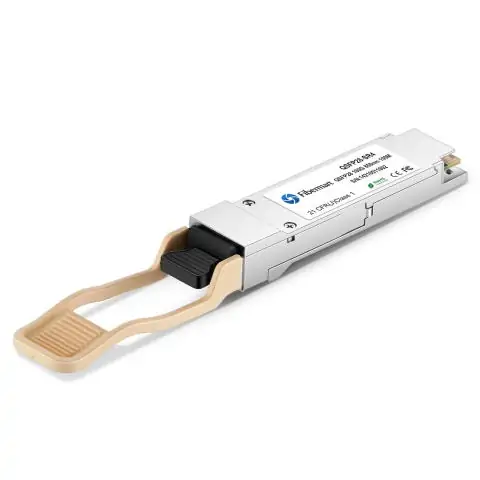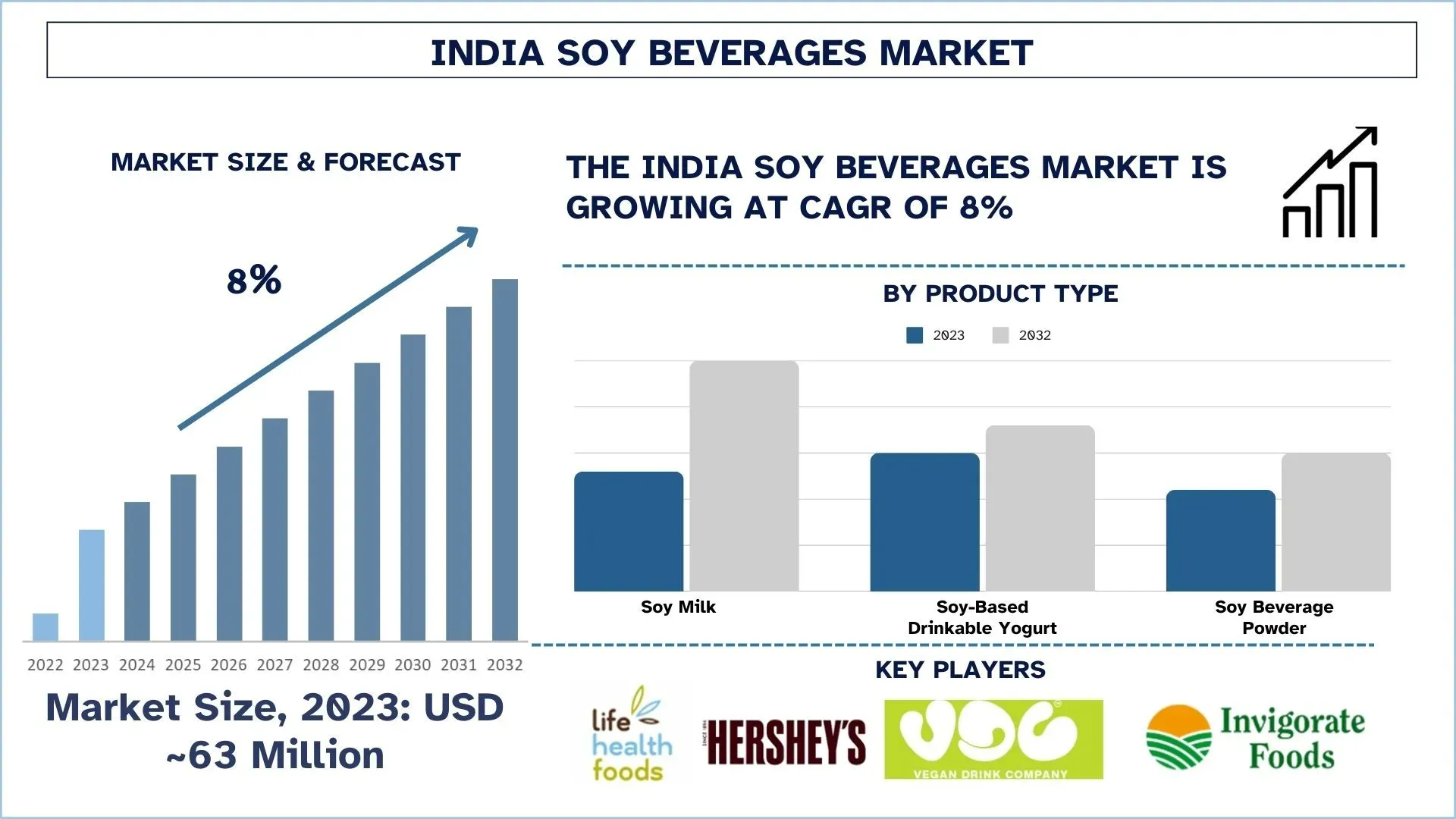Why Are Fiber Optic Transceivers So Important Today?

In today’s fast-moving digital age, speed and reliability in communication have become essential. Whether it’s watching movies online without buffering, hosting a video conference, managing a busy data center, or enabling smart city technology, there’s one small yet powerful device quietly making it all possible—fiber optic transceivers. These compact pieces of hardware are the backbone of modern networking, helping transmit massive amounts of data with speed and precision.
Fiber optic transceivers act as a bridge between networking devices and fiber optic cables. Their main job is to convert electrical signals from your equipment into light signals that can travel through fiber optic cables, and then convert them back to electrical signals at the other end. It sounds simple, but this process is what enables us to enjoy lightning-fast internet, crystal-clear video calls, and real-time online gaming experiences.
One of the biggest reasons fiber optic transceivers are so important is speed. Unlike traditional copper cables, which have physical limits due to resistance and interference, fiber optics transmit data using light. This allows for much higher speeds and greater bandwidth, supporting everything from everyday browsing to complex business operations that move terabytes of information. Depending on the type, fiber optic transceivers can handle anything from a few megabits per second to hundreds of gigabits per second.
Another key benefit is distance. While copper cables lose signal strength over long distances, fiber optics can carry data for miles without degradation. This makes fiber optic transceivers the ideal choice for large-scale networks, whether connecting different floors of a building, linking offices across a city, or even sending information between countries. This long-distance capability is especially critical for telecommunications companies, internet service providers, and enterprises with multiple branches.
Reliability is also a major advantage. Fiber optic systems are immune to electromagnetic interference, which means the data transmission is stable even in environments filled with electrical equipment. Hospitals, financial institutions, airports, and other mission-critical facilities rely heavily on fiber optic transceivers to ensure uninterrupted communication and data transfer. Even in areas with extreme weather conditions or heavy machinery, fiber connections remain consistent and dependable.
There’s also a wide variety of fiber optic transceivers to suit different needs. SFP (Small Form-factor Pluggable) modules are widely used because they are compact and easy to swap without shutting down the network. SFP+ models provide higher speeds, while QSFP and CFP modules are designed for even greater performance demands. This flexibility means organizations can choose transceivers that perfectly match their current needs and easily upgrade in the future without replacing the entire infrastructure.
Cost-effectiveness has improved dramatically over the years. When fiber optic technology first emerged, it was considered expensive and mostly reserved for large organizations. Today, prices have dropped significantly, making fiber optic transceivers accessible to small businesses and even home users. Their modular design also helps reduce costs because you can upgrade or replace just the transceiver instead of the entire networking system.
Fiber optic transceivers are also known for their durability. They can handle temperature changes, humidity, and rough outdoor conditions better than many traditional networking components. This makes them suitable for use in industrial sites, remote installations, and outdoor networks where environmental challenges are a factor. Many are built to strict standards to ensure they work flawlessly for years.
Energy efficiency is another reason why these devices are in high demand. Since they use light to transmit data, they consume less power than copper-based systems, particularly over long distances. Lower energy consumption translates into reduced operating costs and a smaller environmental footprint, which is becoming a priority for businesses aiming to be more sustainable.
Their importance is growing even more with the rise of new technologies. The rollout of 5G networks depends heavily on fiber optic transceivers to handle massive amounts of data at lightning speed between cell towers and network hubs. Cloud computing services also rely on them to keep data moving quickly and securely between servers and users. Without them, the smooth performance of services like video streaming platforms, large file sharing, and virtual workspaces wouldn’t be possible.
Smart cities are another example of where fiber optic transceivers shine. Intelligent traffic systems, public Wi-Fi, smart lighting, and security networks all depend on fast, reliable data transmission. Fiber optics ensure that these systems can communicate in real time, making cities more efficient, safer, and more connected.
Even at home, fiber optic transceivers are making an impact. More people are working remotely, attending online classes, and using video conferencing tools than ever before. Having a stable and high-speed connection makes these activities seamless. With fiber optic internet, households can stream movies, play online games, and hold video meetings all at once without slowdowns.
When choosing a fiber optic transceiver, it’s important to consider speed, distance, and compatibility with existing hardware. For example, single-mode transceivers are ideal for long-distance transmission, while multi-mode transceivers work well for shorter distances within buildings. Matching the right transceiver to the right fiber cable type ensures top performance and avoids compatibility issues.
Maintenance for fiber optic transceivers is straightforward. They require occasional cleaning to prevent dust from affecting signal quality, and proper handling to avoid damage. Since they’re modular, replacing a faulty unit is quick and doesn’t require taking the entire network offline. This ease of maintenance adds to their appeal for both large enterprises and smaller setups.
Looking toward the future, fiber optic transceivers will continue to play a central role in the world’s communication systems. As we move toward technologies like virtual reality, augmented reality, AI-powered applications, and autonomous vehicles, the need for ultra-fast, low-latency connections will only grow. Fiber optic transceivers will remain a critical link in making these advancements possible.
In many ways, these devices are the unsung heroes of the internet age. We rarely think about them, yet they work tirelessly behind the scenes to ensure that our digital world runs without interruption. Whether you’re a business owner, a gamer, a student, or simply someone who enjoys browsing the web, chances are that fiber optic transceivers are playing a key role in your online experience.
So the next time you enjoy a flawless video stream, a smooth online meeting, or a quick file download, remember that these tiny devices are helping make it happen. Fiber optic transceivers are not just important—they are essential to the way we connect, communicate, and share in the modern world. Their role will only become more significant as our hunger for speed and reliability continues to grow, ensuring they remain at the forefront of our connected future.
Categorías
Read More
The year 2025 is expected to be a turning point for Gurgaon’s real estate market. Known as the Millennium City, Gurgaon has always been a hotspot for property investors due to its robust infrastructure, corporate presence, and continuous urban expansion. With several upcoming real estate investment projects in Gurgaon 2025, the city promises new opportunities for buyers and investors...

In today’s hyper-competitive business environment, making informed decisions is crucial. Whether you’re launching a new product, entering a new market, or trying to understand your target audience better, market research is your foundation. It provides critical insights that guide strategy, improve customer satisfaction, and boost profitability. However, market research isn’t...

Employee satisfaction is no longer just a “nice to have.” In today’s competitive job market, organizations must focus on strategies that help employees feel valued, supported, and motivated from day one. One of the most effective yet overlooked methods to achieve this is onboarding for employee satisfaction. A well-structured onboarding program not only enhances engagement but...

Warehouses are the backbone of supply and distribution, but you wouldn’t know it by looking online. Most people don’t think about them until stock’s missing or a delivery’s late. But a warehouse with a sharp digital presence is already ahead of the pack. The usual approaches—borrowed from retail or outdated business playbooks—just don’t cut it. When you...

According to UnivDatos the India Soy Beverages Market was valued at approximately USD 63 million in 2023 and is projected to grow at a CAGR of 8% from 2024 to 2032. India’s soy beverages market is experiencing rapid transformation, driven by evolving consumer preferences, growing health consciousness, and a rising demand for plant-based protein alternatives. As consumers actively seek...




